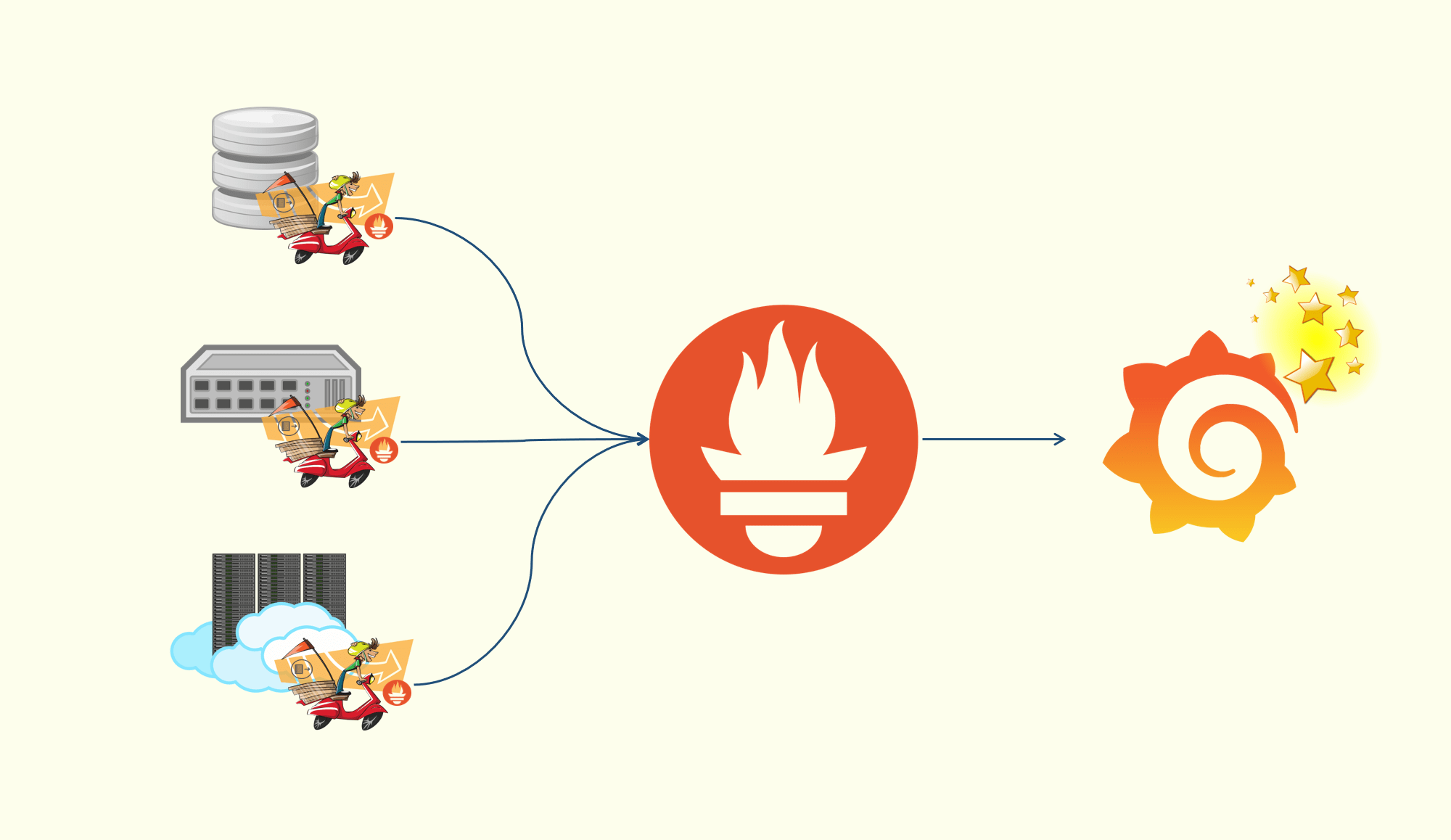Cloud Native - Security & Compliance - OPA - Philosophy
Overview
- A policy is a set of rules that governs the behavior of a software service.
- Authorization is a special kind of policy.
- difference
- Authentication: how people or machines prove they are who they say they are.
- Authorization: which people or machines can run which actions on which resources.
- Authorization and more generally policy often utilize the results of authentication (the username, user attributes, groups, claims), but makes decisions based on far more information than just who the user is.
- difference
- Today policy is often a hard-coded feature of the software service it actually governs.
- OPA helps you decouple any policy using any context from any software system.
Policy Decoupling
- Software services should allow policies to be specified declaratively, updated at any time without recompiling or redeploying, and enforced automatically.
What is OPA
- OPA is a lightweight general-purpose policy engine that can be co-located with your service.
- You can integrate OPA as a sidecar, host-level daemon, or library.
- Services offload policy decisions to OPA by executing queries.
- OPA evaluates policies and data to produce query results (which are sent back to the client).
- Policies are written in a high-level declarative language and can be loaded dynamically into OPA remotely via APIs or through the local filesystem.
Why use OPA
- OPA is a full-featured policy engine that offloads policy decisions from your software.
- OPA provides the building blocks for enabling better control and visibility over policy in your systems.
- Without OPA, you need to implement policy management for your software from scratch.
- Required components: policy language (syntax and semantics), evaluation engine
Document Model
Summary
The different models for loading base documents into OPA, how they can be referenced inside of policies, and the actual mechanism(s) for loading.
| Model | How to access in Rego | How to integrate with OPA |
|---|---|---|
| Async Push | The data global variable |
Invoke OPA’s API(s), e.g., PUT /v1/data |
| Async Pull | The data global variable |
Configure OPA’s Bundle feature |
| Sync Push | The input global variable |
Provide data in policy query, e.g., inside the body of POST /v1/data |
| Sync Pull | The built-in functions, e.g., http.send |
N/A |
Structured Data
- OPA policies (written in Rego) make decisions based on hierarchical structured data.
- Importantly, OPA policies can make decisions based on arbitrary structured data.
- OPA itself is not tied to any particular domain model.
- OPA uses its own internal representation for structures like maps and lists
- Similarly, OPA policies can represent decisions as arbitrary structured data.
data
- Base documents can be pushed or pulled into OPA asynchronously by replicating data into OPA.
- This can happen periodically or when some event (like a database change notification) occurs.
- Base documents loaded asynchronously are always accessed under the
dataglobal variable.
- We refer to all data loaded into OPA from the outside world as base documents.
- These base documents almost always contribute to your policy decision-making logic.
- In OPA, we refer to the values generated by rules (a.k.a., decisions) as virtual documents.
- The term “virtual” in this case just means the document is computed by the policy.
- Rego lets you refer to both base and virtual documents through a global variable called
data.- Similarly, OPA lets you query for both base and virtual documents via the
/v1/dataHTTP API.
- Similarly, OPA lets you query for both base and virtual documents via the
- Controlled
- Since base documents come from outside of OPA, their location under
datais controlled by the software doing the loading. - On the other hand, the location of virtual documents under
datais controlled by policies themselves using thepackagedirective in the language.
- Since base documents come from outside of OPA, their location under
input
- Base documents can also be pushed or pulled into OPA synchronously when your software queries OPA
- We say refer to base documents pushed synchronously as “input”.
- Policies can access these inputs under the
inputglobal variable.
- Policies can access these inputs under the
- Data loaded synchronously is kept outside of
datato avoid naming conflicts.
Cache
- Data loaded async into OPA is cached in-memory so that it can be read efficiently during policy evaluation.
- Similarly, policies are also cached in-memory to ensure high-performance and and high-availability.
- Data pulled synchronously can also be cached in-memory.
Example
All articles on this blog are licensed under CC BY-NC-SA 4.0 unless otherwise stated.











